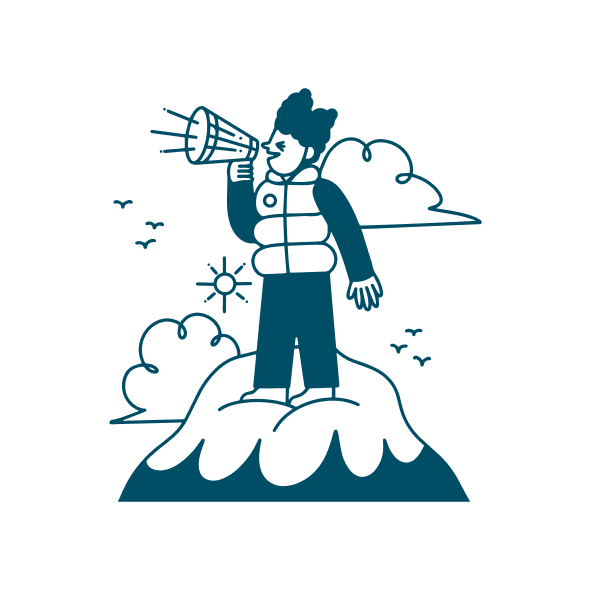
Why your managers are struggling (and how to fix it without breaking the budget)
Most organisations promote their best individual contributors into management and then leave them to figure it out alone.

BLOG
The latest news, updates and articles from our team of HR professionals and experts.
Latest news, articles and tips

Why your managers are struggling (and how to fix it without breaking the budget)
Most organisations promote their best individual contributors into management and then leave them to figure it out alone.

The seven essential features of HR software no organisation should do without
Human resource management plays a critical role in the success of any organisation and, as technology continues to advance, human resource (HR)...

How to calculate holiday pay: your headaches solved
The changes to holiday pay legislation and calculations that were introduced in January 2024, and came into effect from April 2024 (or for some in...

Diversity training - where next?
The past few years have been a turning point for diversity training across UK workplaces.

Five benefits of using HR software
Whether you’re a small business or a multi-national company, nearly every organisation benefits from using a specialist HR system. Here are our top...

Your first 90 days in a new HR manager job role: tips and strategies for success
Congratulations – you’ve got the top job you’ve always wanted. But your journey is just starting. The first 90 days as a new HR manager are critical...

Gender pay gap reporting 2025/26: what’s required?
The snapshot date. The reporting deadline. Where to view other employers’ reports. And so. Much. More. Here’s everything you need to know about...

What does HR software do? And how does it work?
Good HR software will automate and streamline your essential HR processes; here are five ways HR systems will make your work easier

Burnout: what leaders need to know
Burnout is more than just a buzzword. It’s a real risk that can derail performance, damage morale and drive your best people out the door. As a...